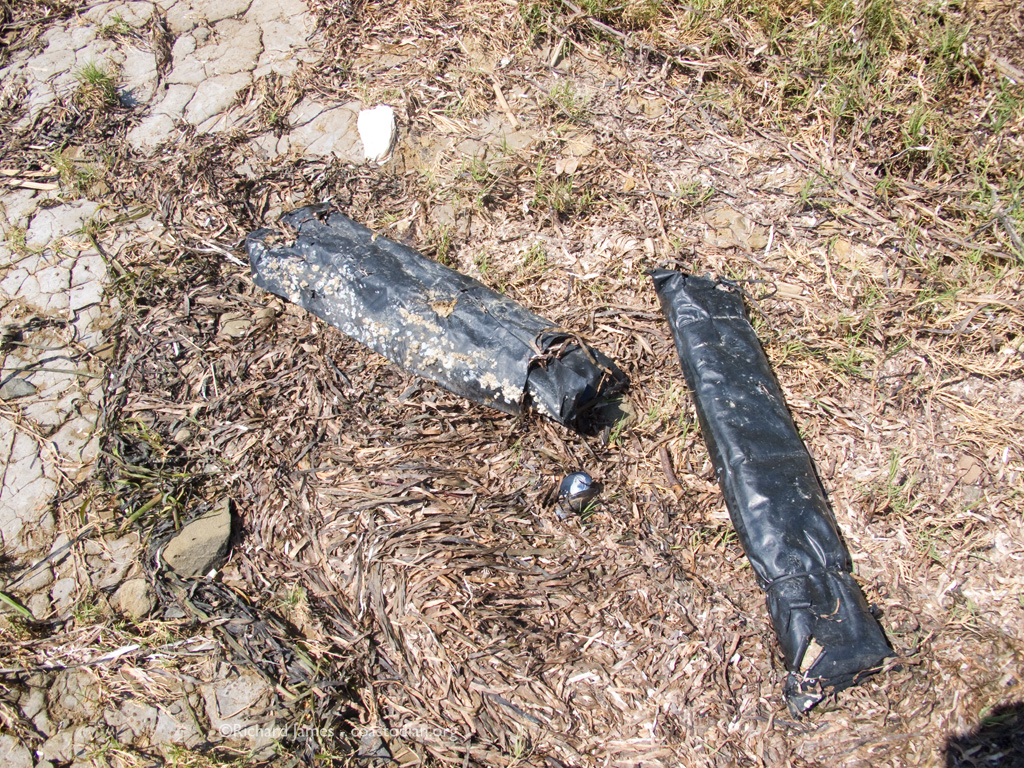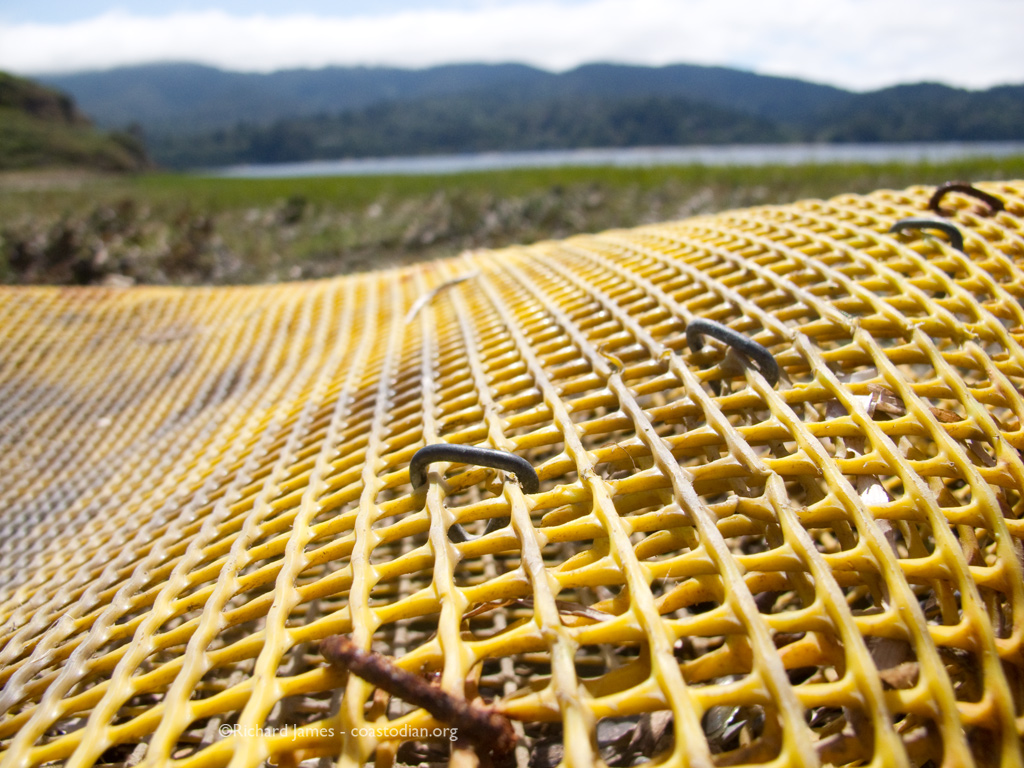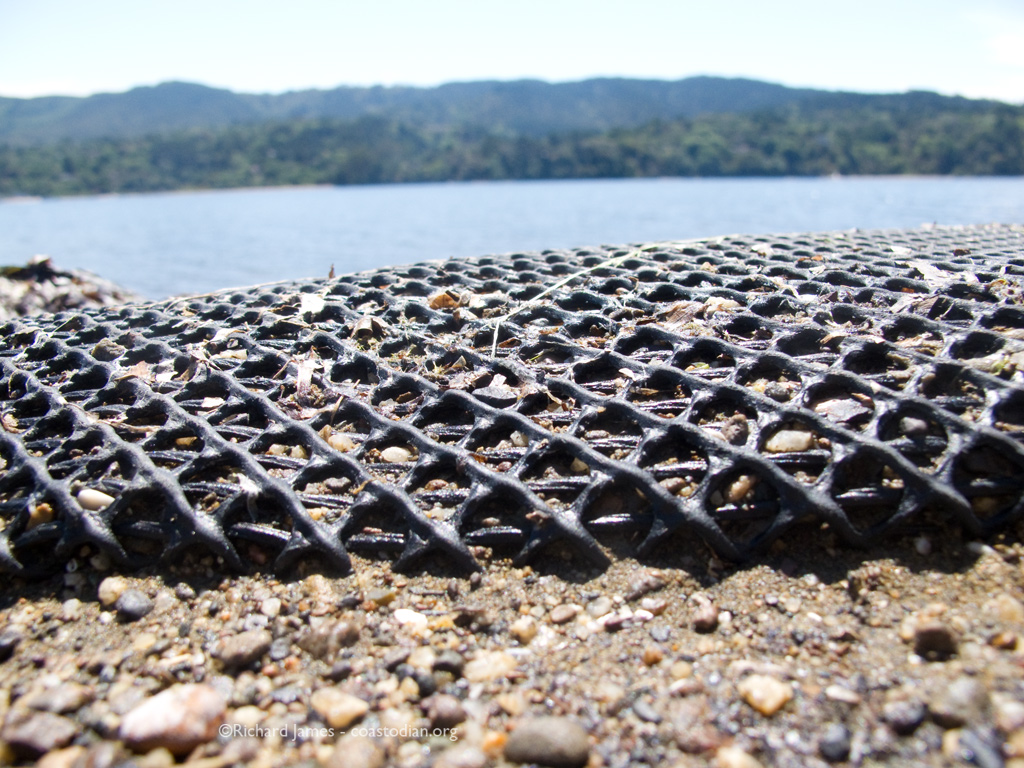Below you will find an update on my ongoing efforts to protect Tomales Bay from the historically poor practices of shellfish growers, and a long history of virtually no oversight by the California Department of Fish & Wildlife (CDFW) and the California Fish & Game Commission (CFGC). The CFGC leases state water bottoms in California to shellfish growers. Given the shortage of suitable coastline with clean water, you’d think the CFGC would be charging a premium rent (supply and demand). You would be wrong. More on that in a future post.
If you care for Tomales Bay and want to protect it, please write the following people and tell them to implement and enforce strong Best Management Practices over shellfish growers. Tell them to fix the woefully inadequate escrow cleanup bond system. And kindly ask them to make a better effort at enforcing existing litter laws and to regularly monitor aquaculture statewide. Our state bays and estuaries are priceless treasures for ALL to enjoy.
Valerie Termini – Executive Director of California Fish & Game Commission (CFGC) – Sacramento, CA fgc@fgc.ca.gov
Susan Ashcraft – Marine Advisor to the California Fish & Game Commission (CFGC) – Sacramento, CA Susan.Ashcraft@fgc.ca.gov
.
Responsibly practiced shellfish aquaculture, properly sited, adds value to life in the form of delicious shellfish, jobs and the continuation of a long tradition. Authentic stewardship is paramount to assuring this practice does no harm to the precious bays and estuaries of the ever changing (and rising) sea.
Three things I have been requesting since I set out to right numerous wrongs are:
1) Growers need to stop losing so much plastic, wood and other gear. They also need to regularly pick up the debris that they do lose. All of the legacy debris left by growers from days gone by needs to be removed from the bay.
2) A. Best Management Practices (BMP) need to be developed and become an enforceable part of being allowed to profit from public trust tidelands.
2) B. The cleanup fund escrow system to address abandoned infrastructure and other damages done to a lease needs to be redone so that it is actually applied, AND is not based on cost estimates made by the growers themselves.
3) CFGC and CDFW need to actually DO their job: regular monitoring of leases, enforce existing laws, ensure growers are not diverting creeks with un-permitted structures or altering the bay-floor by dumping large quantity of oyster shells or other materials into the bay.
.
Let’s look at each of these in more detail.
.
1) Growers need to stop losing so much plastic, wood and other gear. They also need to regularly pick up the debris that they do lose. All of the legacy debris left by growers from days gone by needs to be removed from the bay.
This is taking place. The growers are losing less gear and making a noticeable effort to pick up that gear still getting loose.
There is still room for improvement, as bags and other culturing devices are still getting loose. But overall, a vast improvement!
Thank you growers!
Unfortunately, much of the legacy debris continues to blight the beauty of Tomales Bay. You can see what I am talking about here.
2-A Best Management Practices (BMP) need to be developed and become an enforceable part of being allowed to profit from public trust tidelands.
On April 8, 2015 (1087 days ago and counting), a proposed list of BMP that I drafted were delivered to the CFGC at their commission meeting in Santa Rosa. The growers and numerous agencies have mulled over and massaged this list since then.
The latest revision put forth by the CFGC is very close to what I originally proposed, except it does not include that growers must mark all their gear with their name & phone number. Marking all gear is important in order to ensure growers practice authentic stewardship.
My most recent iteration of what I think are good common sense BMP are below.
These BMPs shall be an integral part of each lease. The practices shall be mandatory practices meant to ensure Tomales Bay and the ocean in general is kept free of lost plastic and other debris from aquaculture operations.
To have the intended effect of reducing litter in Tomales Bay attributed to aquaculture, it is imperative that these practices be adequately and regularly enforced.
Harming the environment is a criminal matter, not an administrative matter.
- Growers shall uniquely and clearly identify all of their gear with company name and phone number. Possible means of uniquely marking gear include: unique colors of bags, wires, tags, PVC pipes, rope, and “branding info into gear.”
- Growers shall train all employees in concepts of Leave No Trace, see https://LNT.org, or similar training about environmental stewardship.
- Growers shall continually improve gear and methods in a quest to lose less gear.
- Growers shall replace single use items (i.e. zip-ties, copper wires) with more durable items such as stainless halibut clips.
- Growers shall NOT use floats that are easily degraded by sunlight or pecked by birds in search of food.
- Growers shall securely tie large groups of non-floating bags together when deploying bags for future securing to anchor lines to ensure they do not drift.
- Growers shall remove all tools and materials each day after working on lease areas, including: fencepost drivers, gloves, water bottles, PVC pipes, wires, and ropes. Work barges shall be secured to ensure items are not blown into the bay.
- Growers shall NOT dump shells, lumber, bags or other debris on the bay floor to walk upon or for any reason.
- Growers shall promptly (within 90 days) remove culture structures and other items comprising a method that did not work as desired or is no longer used.
- Growers shall patrol lease areas and the shores of Tomales Bay on a monthly basis, twice monthly during windy or heavy surf times. Patrols must occur at both high and low tides to ensure gear buried in the mud is promptly collected.
- Growers shall uniquely and clearly identify all of their boats and barges. Boats should be clearly identifiable with binoculars from a distance of 1 mile. Unique color, large letter and/or number or combinations of these may work.
To support item 11 above, the below images show some of the boats used by various growers. Notice how many of the boats look identical. Also shown is one suggested ID method to allow distant observers to know which grower a particular boat belongs to. Also, how many of these boats are properly licensed?
.
The reason for my concern centers on the damage done to the eel grass beds on or near the leases. Below are three images recorded from overhead, showing deep and permanent damage done to the eel grass by the propellers of boats accessing the lease areas.
Click on the image to enlarge it.

Click on the image to enlarge it.

.
On numerous occasions I have witnessed oyster boats operating at low tides, attempting to access areas of the bay not deep enough to access without driving the prop of the boat into the bottom of the bay, destroying everything that the prop meets, like a blender, loudly throwing a tall, brown rooster-tail into the air, easily visible/audible from a mile+ away.
If boats were clearly labeled, interested stakeholders would be able to give the Commission/Department accurate information with which to hopefully take action.
.
The below images show the reasoning behind item 8.
Growers shall NOT dump shells, lumber, bags or other debris on the bay floor to walk upon or for any reason.
.
.
.
.
.
2-B The cleanup fund escrow system to address abandoned infrastructure needs to be redone so that it is actually applied, AND is not based on cost estimates made by the growers themselves.
The figure below (from K. Ramey files acquired via Public Records Access [PRA]) shows how much has been contributed (allegedly) by each grower. Total on account (allegedly) is $106,255.
.
Click on the image to enlarge it.

.
Below is an image showing part of the main contract paid by the NPS for the cleanup of aquaculture debris left by DBOC in Drakes Estero. This is not the entire sum. Beyond the $3,460,750 shown below were other substantial fees associated with the removal of oysters and clams left by DBOC.
Important to note is the self-assessed cleanup cost given to the Fish & Game Commission by DBOC for two years running: $10,000
.
Click on the image to enlarge it.

.
Below are images of some current leases, showing rough dimensions as well as the amount paid into the escrow fund.
These values are self-assessed cost estimates provided by the growers.
Have you ever been asked by a landlord how much of a cleaning deposit you think you ought to pay?
.
.
.
.
.
.
3) CFGC and CDFW need to actually DO their job: regular monitoring of leases, enforce existing laws, ensure growers are not diverting creeks with un-permitted structures or altering the bay-floor by dumping large quantity of oyster shells or other materials into the bay.
.
This request needs no further support.
.
The slide seen below was created by the State Aquaculture Coordinator.
The yellow text I have highlighted reads: “Emphasize CA’s strict environmental standards as advantage”
How can one have an advantage based on strict standards if the laws those standards are based on are not enforced?
Please enforce current laws!
If you care for Tomales Bay and want to protect it, please write the following people and tell them to implement and enforce strong Best Management Practices over shellfish growers. Tell them to fix the woefully inadequate escrow cleanup bond system. And kindly ask them to make a better effort at enforcing existing litter laws and to regularly monitor aquaculture statewide. Our state bays and estuaries are priceless treasures for ALL to enjoy.
Valerie Termini – Executive Director of California Fish & Game Commission (CFGC) – Sacramento, CA fgc@fgc.ca.gov
Susan Ashcraft – Marine Advisor to the California Fish & Game Commission (CFGC) – Sacramento, CA Susan.Ashcraft@fgc.ca.gov
.

















































